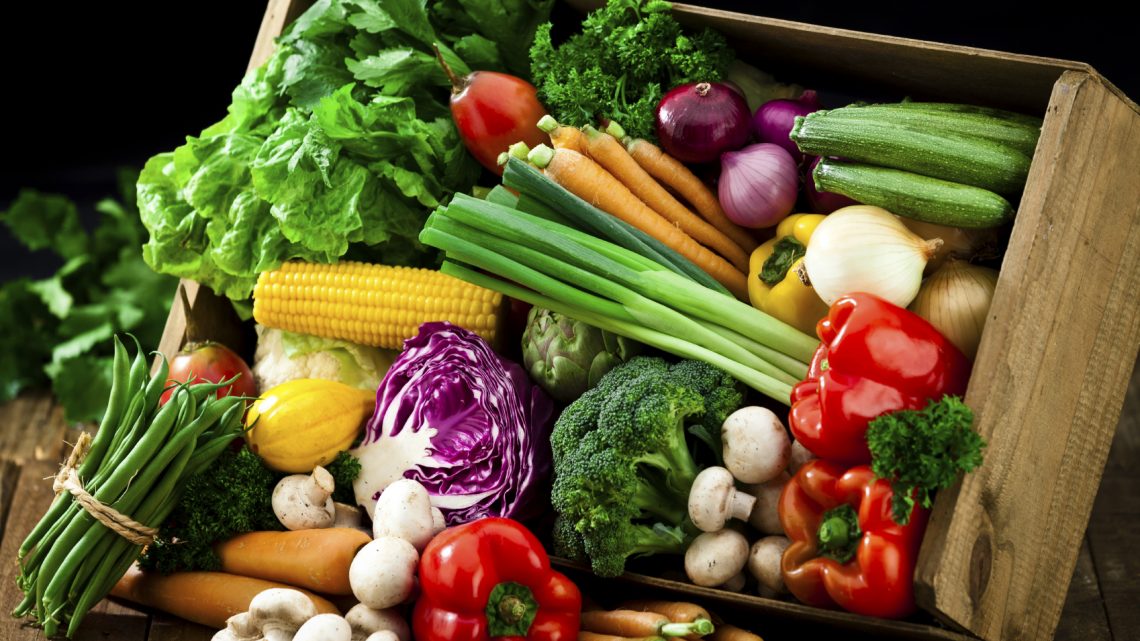Ready to hit the restart button and recharge your health and fitness? The biggest roadblock to achieving this fresh start is the perceived cost of healthy groceries. However, considering a recent study from the Economic Research Center of the USDA found that the average consumer on a 2,000-calorie diet could meet all their fruit and vegetable requirements for just under $3 per day, it is possible to eat fresh and healthy foods even on a tight budget.
Learn how to fit nutritious food into your budget with these 10 healthy grocery savings tips:
1. Shop in season
Americans are blessed to have access to just about any fruit or vegetable year-round. However, it’s best from a flavor and budgetary standpoint to buy produce according to its season. Strawberries are best purchased in summer while citrus is a better winter buy. Holidays also offer better prices on produce popular for entertaining; for example, yams and potatoes are always on sale in November ahead of Thanksgiving. Look for recipes that use the current season’s fruit and vegetables to save on family meals.
2. Choose organic produce wisely
Another misconception about healthy eating is that you must buy organic. However, not every fruit and vegetable needs to be purchased organic. Coined the “clean fifteen,” produce with outer skins that you peel away like pineapple, avocado, onion and sweet corn aren’t affected by pesticides. Produce you eat directly, skin and all, is better purchased organic if your goal is to avoid chemicals.
3. Find freshness in the frozen aisle
Frozen fruits and vegetables may seem like a less-healthy choice compared to fresh, but they’re actually just as nutritious and much cheaper. That’s because produce is flash frozen at peak ripeness, retaining optimal flavor and nutrients. When buying frozen produce, don’t assume brand-names are superior to lesser-cost generic or store brands; after all, frozen peas are frozen peas! If you have room in your freezer, stock up during sale time when you can purchase frozen produce for as little as $1 per bag.
4. Compare store sales
While shopping in season guarantees lower prices on select fruits and vegetables, stores don’t always offer the same low price. It’s important to compare prices among stores to ensure you’re getting the best deal. For example, a store might be selling your favorite variety of apples for $1.29 per pound, down from $1.99 per pound. However, another store might have the same variety on sale for $0.88 per pound, a far better sale price. Consult flipp.com to access store circulars online and instantly compare store prices for specific products.
5. Print coupons
Think coupons only exist for processed food? Think again. Whole Foods has released a mobile app featuring in-store deals on everything from quinoa to black beans to whole-grain bread. If you live along the East Coast and shop at an independent grocer, may have access to dCoupon, a mobile couponing platform that offers manufacturer’s coupons via smartphone. You can even find coupons for produce. CouponSherpa.com has a healthy offer discount available every week for 20% off a rotating list of fresh produce, including bananas, pears, broccoli, cabbage and more.
6. Try the store’s organic brand
More private label and generic brands are offering organic food at an average of 30% savings. In fact, the national grocery brand Kroger released their organic foods several years ago and has since grown to offer 35,000 items to this category. Walmart’s partnership with Wild Oats has yielded affordable options on everything from canned beans to chicken broth to fruit preserves. Ultimately, the steady flow of new organic products and companies has led to lower prices across a range of food categories, including cereals, breads, dairy, condiments and canned goods.
7. Look out for manager markdowns
Lean protein and fish are among the most expensive health foods on your grocery list. The key to saving on these is to search for manager markdowns. Chicken or fish nearing the sell by date are often marked down but perfectly safe to consume. Pick up several packages, then freeze what you don’t cook right away for safe consumption later on.
8. Plant a garden
Why waste time and money at the grocery store when you can grow your own vegetable garden? Start small by planting just a couple of your favorite herbs like rosemary, sage or dill and study up on gardening tips for optimal conditions. Apartment dwellers don’t have to dismiss this tip, because vegetables like lettuce, tomatoes, summer squash, eggplant and peppers can be grown in containers on sunny window sills.
9. Consider joining a CSA group
If you enjoy cooking and are not intimidated by uncommon fruits and vegetables, consider joining a Community Supported Agriculture (CSA) group in your area. Consumers pay upfront for a membership to receive weekly boxes of fresh-grown produce, and in some cases members help with deliveries or with small tasks on the farm. To learn more about CSAs and pricing in your community, consult LocalHarvest.org.
10. Buy in bulk, selectively
While bulk shopping can help you save on 30 to 40% on your grocery bill, not everything is a smart buy when it comes to health foods. For instance, bulk containers or large bags of produce may lead to food waste if you can’t finish the fruits or veggies before they spoil. Focus your warehouse purchases on non-perishable health foods like quinoa, brown rice, almond butter and olive oil. Quinoa, touted as one of today’s leading super food and cleanest carb to eat, has a relatively long shelf life (2 to 3 years dry) so you don’t have to worry about it going bad.
—
Andrea Woroch is a money-saving expert who transforms everyday consumers into savvy shoppers by sharing smart spending tips and personal finance advice. Check out Andrea’s website at or follow her on Twitter or Facebook for daily money tips.










